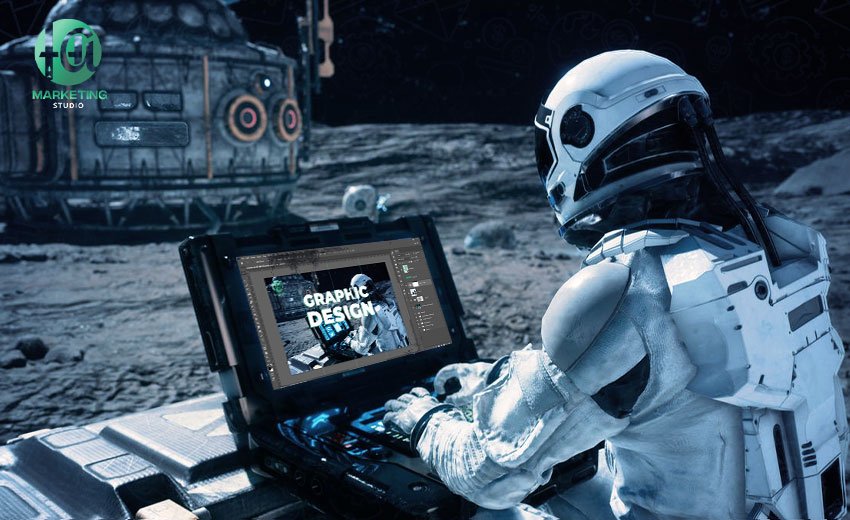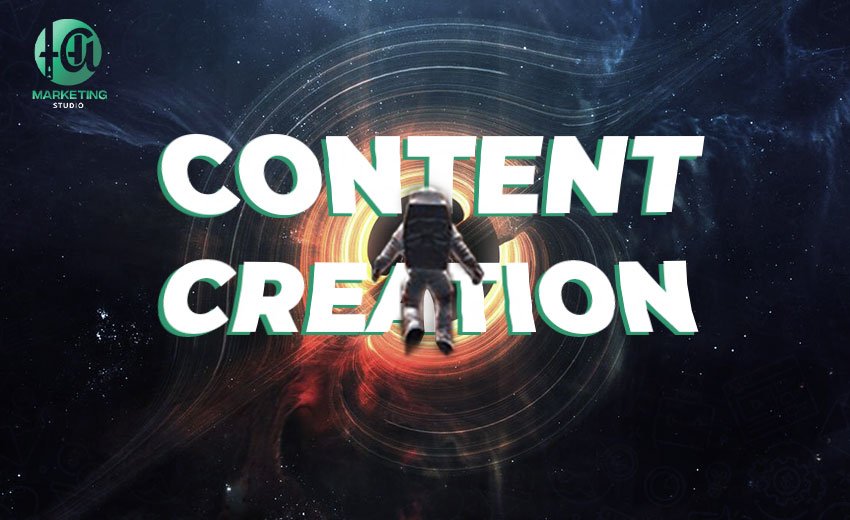In today’s digital world, graphic design plays a pivotal role in enhancing the user experience (UX). It’s not just about aesthetics; it goes beyond that to include functional effectiveness and ease of use. Effective graphic design can make the user experience more enjoyable and efficient, while poor design can lead to frustration and abandonment of the product or service. In this article, we will explore the impact of graphic design on user experience, focusing on the fundamental elements of graphic design, their role in enhancing UX, and best practices for achieving effective design.
– The Importance of Graphic Design in User Experience :
-Visual Appeal:
Visual appeal is the first impression users get when visiting a website or using an application. Good design creates a positive impression and encourages users to continue interacting with the content. Harmonious colors, clear fonts, and high-quality images play a significant role in attracting attention and keeping users interested.
-Ease of Use:
Good graphic design enhances ease of use by arranging elements in a logical and understandable manner. This includes using simple, clear icons, good content layout, and providing visual cues that help users navigate easily.
-Consistency:
Consistency in graphic design creates a cohesive user experience. Using consistent colors, fonts, and design elements across all pages of a website or application helps build a strong visual identity and makes it easier for users to interact with the content.
-Interactivity:
Effective graphic design encourages interaction through the use of interactive elements such as buttons, forms, and animations. These elements increase user engagement and improve the chances of positive interaction with the product or service.
– Key Elements of Graphic Design and Their Impact on User Experience :
-Colors:
Colors are not just an aesthetic choice; they play a significant role in influencing users’ emotions and behaviors. Colors can convey the brand message and the feeling you want to evoke. For example, blue often represents trust and security, while red can evoke urgency or excitement.
-Fonts:
Choosing the right fonts can significantly impact readability and user perception of the content. Clear, readable fonts make it easier for users to understand the text and help guide them through the content.
-Images and Illustrations:
Images and visual graphics can create an emotional connection with users and enhance their understanding of the content. High-quality images and explanatory graphics help clarify ideas and make the content more engaging.
-Layout and Organization:
Good content layout helps organize information in a way that makes it easy for users to find what they are looking for quickly. Clear, simplified layouts make navigation seamless and reduce user fatigue.
– Best Practices for Graphic Design to Enhance User Experience :
-Simplicity:
Maintaining simplicity in design makes the content clearer and easier to interact with. Avoiding clutter and overly complex design can significantly improve the user experience.
-Responsiveness and Adaptability:
The design should be responsive, meaning it adapts to different screen sizes and devices. Responsive design ensures a consistent and enjoyable user experience whether users are on a smartphone, tablet, or desktop computer.
-User-Centered Focus:
Good design always focuses on the needs and expectations of users. Conducting user research, testing prototypes, and gathering feedback from users can help improve the design and make it more aligned with their expectations.
-Smart Use of White Space:
White space, or empty spaces, plays an important role in improving readability and guiding user attention. Using white space smartly can create a balanced and visually comfortable design.
-Consistency in Visual Identity:
Maintaining consistency in visual identity across all design elements enhances brand recognition and builds trust among users. Using the same colors, fonts, and design style helps create a cohesive and integrated user experience.
-Case Studies :
-Apple’s User Experience:
Apple is an excellent example of how to use graphic design to enhance user experience. Apple’s designs are characterized by simplicity, elegance, and consistency. The use of neutral colors, simple layouts, and smart interactive elements enhances user experience and makes products easy to use and attractive.
-Airbnb’s Website:
Airbnb uses attractive and interactive graphic design to enhance user experience. High-quality images, comfortable colors, and clear layouts make navigating the site smooth and easy, encouraging users to interact and book accommodations effortlessly.
– Conclusion :
Graphic design is not just an aesthetic component; it is an integral part of the user experience. Effective design can make interactions with products and services more enjoyable and efficient, increasing user satisfaction and enhancing brand success. By understanding the fundamental elements of graphic design and applying best practices, designers can create outstanding user experiences that leave a positive and lasting impression.














